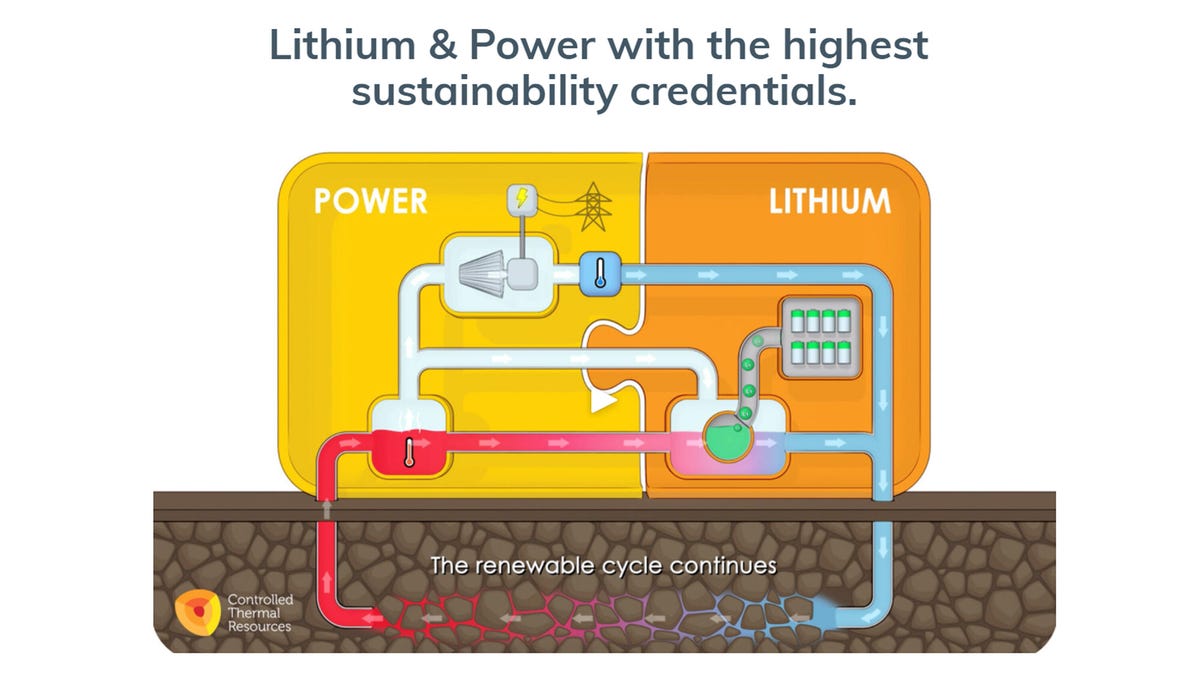GM to source lithium from the US
Southern California contains vast quantities of lithium brine and the automaker is tapping this resource.
As the automotive industry slowly switches from internal combustion to electric propulsion systems, it may be trading one dependency for another. Instead of being at the mercy of fluctuating oil prices, car companies are increasingly reliant on lithium, a critical component in advanced electric-vehicle batteries. To ensure that it will have a stable supply of this material, GM is working to source lithium from its own backyard, the United States.
On Friday, GM announced a strategic partnership with and "multimillion-dollar" investment in Controlled Thermal Resources, which was founded in 2013 and is headquartered in both California and Australia. When asked by Roadshow for some financial specifics about this deal, the automaker declined to comment. CTR will supply sustainably produced lithium sourced from its Hell's Kitchen Lithium and Power project located near the Salton Sea in Southern California.
If everything goes according to plan, GM could have all the lithium it needs because this region of California contains one of the world's largest known sources of lithium brine, enough to potentially meet 40% of global demand. Today, around 95% of the world's lithium comes from a handful of sources including Australia, China and South America. Extracting this material also typically involves destructive open-pit mining. But this is one area where CTR's technology shines.
Electric-vehicle batteries require large quantities of lithium to function.
Using renewable power, CTR's closed-loop lithium extraction process is expected to dramatically reduce the time it takes to produce battery-grade lithium while causing negligible environmental degradation. Basically, it extracts brine from deep in the earth, removes the lithium it contains and then pumps the brine back into the ground. CTR's operations also have a near-zero carbon footprint and take up little physical space.
Thanks to this investment, GM will have the first rights to lithium produced from this development, which is expected to yield significant volumes of usable material by 2024. If all goes to plan, the automaker's partnership with CTR could make it possible for GM to meet its ambitious electrification goals. The automaker wants to eliminate tailpipe emissions from light-duty vehicles by the year 2035 and make its global operations carbon-neutral by 2040.
Doug Parks, GM executive vice president of global product development, purchasing and supply chain said in a news release, "By securing and localizing the lithium supply chain in the US, we're helping ensure our ability to make powerful, affordable, high-mileage EVs while also helping to mitigate environmental impact." Parks said GM will work with "state and local leaders" as well as CTR.


